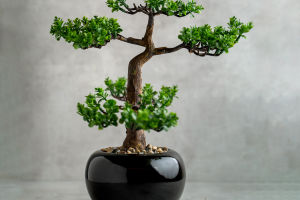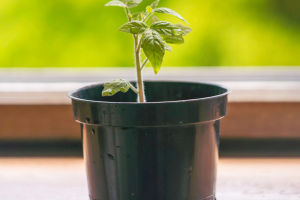Tulips, with their vibrant hues and delicate petals, have captivated gardeners and enthusiasts for centuries.
Their allure lies not only in their beauty but also in their resilience and adaptability to various climates and soils.
Understanding the specific soil and climate requirements for tulip growth is crucial for cultivating these iconic flowers successfully. Let's delve into the intricate relationship between tulips, soil composition, and climatic conditions, unraveling the secrets behind their flourishing growth.
Soil Composition
Tulips thrive in well-draining soil that is rich in organic matter. Sandy loam or loamy soil with a pH level between 6.0 and 7.0 is ideal for their cultivation. These soil types allow for proper aeration and water drainage, preventing waterlogging, which can lead to bulb rot. Additionally, the presence of organic matter enhances soil fertility and provides essential nutrients for robust tulip growth.
The soil should be loose and friable, allowing tulip bulbs to establish strong root systems easily. Compacted or clayey soils hinder root development and may result in stunted growth. Therefore, it's advisable to amend heavy soils with compost or peat moss to improve drainage and texture.
Climate Requirements
Tulips are remarkably adaptable to different climatic conditions, but they flourish best in regions with a temperate climate. They require a period of winter dormancy characterized by cold temperatures to initiate flowering. This cold period, known as vernalization, is essential for triggering the physiological processes that lead to bloom formation.
In general, tulips thrive in climates with cool springs and mild summers. They prefer moderate temperatures ranging from 50°F to 60°F (10°C to 15°C) during their growing season. Extreme heat can cause premature wilting of flowers and foliage, adversely affecting the plant's vigor.
Tulips also require sufficient sunlight to fuel their growth and blooming. They flourish in locations with full to partial sunlight exposure, receiving at least 6 hours of sunlight daily. Inadequate sunlight can result in weak stems and reduced flower production.
Regional Adaptations
While tulips are native to regions with a Mediterranean climate, including parts of Türkiye and Central Asia, they have been cultivated worldwide with success. Different varieties of tulips exhibit varying degrees of tolerance to climatic conditions, allowing for their adaptation to diverse environments.
For example, early-blooming varieties such as Single Early and Triumph tulips are well-suited to regions with cooler springs, while late-blooming varieties like Darwin Hybrid and Parrot tulips thrive in areas with slightly warmer temperatures. By selecting tulip varieties that are compatible with local climate conditions, gardeners can ensure optimal growth and flowering.
Microclimate Considerations
In addition to broader climate patterns, microclimatic factors within a garden or landscape can significantly influence tulip growth. Microclimates are localized environmental conditions determined by factors such as topography, soil type, and proximity to structures or bodies of water.
South-facing slopes or sheltered areas tend to be warmer and receive more sunlight, creating favorable conditions for early flowering. Conversely, north-facing slopes or low-lying areas may experience cooler temperatures and delayed blooming. Gardeners can leverage these microclimatic nuances to their advantage by strategically planting tulips in areas that mimic their preferred growing conditions.
Cultivating tulips is a rewarding endeavor that offers a kaleidoscope of colors and blooms to delight the senses. By understanding the specific soil and climate requirements of tulips, gardeners can create optimal growing conditions for these iconic flowers. Whether in the fertile soils of the Netherlands or the gardens of amateur enthusiasts worldwide, tulips continue to thrive, a testament to their adaptability and enduring appeal.


